HR > 1 increase in the hazard; The hazard ratio interpretation is a little clunky It tells you the risk of an event in the intervention group compared with the control group at any particular point in time For example, a hazard ratio of 05 tells you that, at any particular point in time, the intervention group are half as likely to be experiencing the event of interest as the control group Re {MEDSTATS} relative risks, odds ratio, and hazard ratio in meta analysis RogerH 9/13/10 612 AM Or one could view the risk ratio and the odds ratio as approximations to the hazard ratio or rate ratio Rates and hazards can exceed 1, unlike risks, so there's no constraint on the hazard ratio, unlike the

Ppt Point Estimation Odds Ratios Hazard Ratios Risk Differences Precision Powerpoint Presentation Id
Are odds ratio and hazard ratio the same
Are odds ratio and hazard ratio the same-Hazard ratio The hazard ratio in survival analysis is the effect of an exploratory? The odds ratio comparing the new treatment to the old treatment is then simply the correspond ratio of odds (01/09) / (02/08) = 0111 / 025 = 0444 (recurring) This means that the odds of a bad outcome if a patient takes the new treatment are 0444 that of the odds of a bad outcome if they take the existing treatment




Hazard Ratio Relative Risk Or Odds Ratio Of Selected Outcomes For The Download Table
An odds ratio (OR) is a measure of association between an exposure and an outcome The OR represents the odds that an outcome will occur given a particular exposure, compared to the odds of the outcome occurring in the absence of that exposure odds are different to probability — odds is the ratio of the probability that the event of interestThe risk ratio (RR, or relative risk) is the ratio of the risk of an event in the two groups, whereas the odds ratio (OR) is the ratio of the odds of an event (see Box 64a) For both measures a value of 1 indicates that the estimated effects are the same for both interventions Risk Ratio vs Odds Ratio Whereas RR can be interpreted in a straightforward way, OR can not A RR of 3 means the risk of an outcome is increased threefold A RR of 05 means the risk is cut in half But an OR of 3 doesn't mean the risk is threefold;
Interpretation of Hazard Ratio HR = 05 at any particular time, half as many patients in the treatment group are experiencing an event compared to the control group HR = 2 at any particular time, twice as many patients in the treatment group are experiencing an event compared to the control group The hazard ratio is the ratio of these two expected hazards h 0 (t)exp (b 1a)/ h 0 (t)exp (b 1b) = exp(b 1(ab)) which does not depend on time, t Thus the hazard is proportional over time Sometimes the model is expressed differently, relating the relative hazard, which is the ratio of the hazard at time t to the baseline hazard, to the riskNelsonlen cumulative hazard estimates, by group analysis time 0 10 30 40 000 100 0 300 400 group 0 group 1 Hazard Ratio = 71 KaplanMeier survival estimates, by group analysis time 0 10 30 40 000 025 050 075 100 group 0 group 1 Title Point Estimation Odds Ratios, Hazard Ratios/Rates, Risk Differences,Precision Author
The risk ratio (or relative risk) is the ratio of the risk of an event in the two groups, whereas the odds ratio is the ratio of the odds of an event (see Box 92a) For both measures a value of 1 indicates that the estimated effects are the same for both interventionsWhen the disease is rare, the odds ratio will be a very good approximation of the relative risk The more common the disease, the larger is the gap between odds ratio and relative risk In our example above, p wine and p no_wine were 0009 and 0012 respectively, so the odds ratio was a good approximation of the relative risk OR = 0752 and RR Hazard ratio (E vs C) for the time period Please note that results shown are rounded to 2 decimal places, but the calculations used the raw numbers from the previous column ( c ) and therefore give different results than if the rounded numbers were used (eg, 006/008 = 075)




How To Be Awesome At Biostatistics And Literature Evaluation Part Ii Tl Dr Pharmacy




A Beginner S Guide To Interpreting Odds Ratios Confidence Intervals And P Values Students 4 Best Evidence
1 Log hazard ratio of dropout from the maintenance treatment program between patients in clinics B and A who take 50mg dose of methadone 2 Log hazard ratio of dropout from the maintenance treatment program between two individuals who are at clinic A and whose dosage differs by 1 mg 3 Difference in log hazard ratio of dropout from the The interpretation of a hazard ratio is essentially the same as an odds ratio However it's probably worth noting that whilst an odds ratio is derived from calculating the odds of an event in the intervention and the control arms expressed as a ratioHazard ratio, odds, and probability of healing There is an alternative interpretation of the hazard ratio that may be intuitively easier to understand The hazard ratio is equivalent to the odds that an individual in the group with the higher hazard reaches the endpoint first
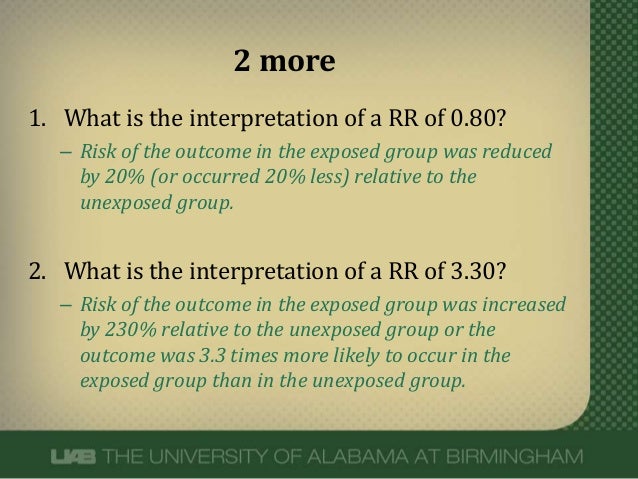



What Does An Odds Ratio Or Relative Risk Mean




Simple Way To Visualise Odds Ratios In R Stack Overflow
Risk ratios, odds ratios, and hazard ratios are three ubiquitous statistical measures in clinical research, yet are often misused or misunderstood in their interpretation of a study's results 1 A 01 paper looking at the use of odds ratios in obstetrics and gynecology research reported 26% of studies (N = 151) misinterpreted odds ratios as risk ratios 2, while aA logrank approach gives rise to a hazard ratio, and a variation of the Peto method for analysing timetoevent data gives rise to something in between The appropriate effect measure should be Odds = P (positive) / 1 – P (positive) = (42/90) / 1 (42/90) = (42/90) / (48/90) = 0875 Thus, the odds ratio for experiencing a positive outcome under the new treatment compared to the existing treatment can be calculated as Odds Ratio = 125 / 0875 = 1428 We would interpret this to mean that the odds that a patient experiences a




Measures Of Effect Relative Risks Odds Ratios Risk Difference And Number Needed To Treat Kidney International




Hazard Ratios And Survival Curves Youtube
Rather the odds is threefold greater Interpretation of an OR must be in terms of odds, not Let's say that in your experiment the calculated Hazard Ratio is equal to 065 This is how you can interpret and report it The mortality rate in a group of smokers drops by 35% compared to the group of highcalorie diet The mortality rate among smokers is 065 times of that among patients with a highcalorie dietThis video wil help students and clinicians understand how to interpret hazard ratios




Hazard Ratio Relative Risk Or Odds Ratio Of Selected Outcomes For The Download Table



Beaumont Cloud Cme Com Launchscorm Aspx Caseid 112 Userid 0 Video True
For the majority of clinical trials, relative risk and odds ratio can be considered interchangeable as a measure of the relative change in the risk of a preventable event The hazard ratio is a related measure that weights the risk change according to when events occur over time The basic difference is that the odds ratio is a ratio of two odds (yep, it's that obvious) whereas the relative risk is a ratio of two probabilities (The relative risk is also called the risk ratio) Let's look at an example Relative Risk/Risk Ratio Suppose you have a school that wants to test out a new tutoring program Step 2 Finally, we calculate the ratios of these two odds and interpret the differential effect of exposures in those two groups OR = a / c / b / d = ad / bc Interpretation of Odds Ratio As we already mentioned elsewhere, Odds ratio is utilized to assess the strengths of association between exposure and the outcome In our hypothetical



Beaumont Cloud Cme Com Launchscorm Aspx Caseid 112 Userid 0 Video True



Ouhsc Edu Bserdac Dthompso Web Three statistical studies 5 7 19 Pdf
A value lower than 100 indicates decreased risk The 95% confidence intervals and statistical Odds ratios work the same An odds ratio of 108 will give you an 8% increase in the odds at any value of X Likewise, the difference in the probability (or the odds) depends on the value of X So if you do decide to report the increase in probability at different values of X, you'll have to do it at low, medium, and high values of XAdjusted odds ratio (adjusted OR), see also odds ratio As the name implies, the odds ratio is the ratio of the odds of presence of an antecedent in those with positive outcome to the odds in those with negative outcome This ratio needs to be adjusted when the outcome is suspected to be affected by other factors




Measures Of Effect Relative Risks Odds Ratios Risk Difference And Number Needed To Treat Kidney International



Q Tbn And9gctxz8owky Sul84xtk4ggzacxwhkmhguhlxwyjj9avufagdrhwm Usqp Cau
How to Interpret Risk Ratios Since the relative risk is a simple ratio, errors tend to occur when the terms "more" or "less" are used Because it is a ratio and expresses how many times more probable the outcome is in the exposed group, the simplest solution is to incorporate the words "times the risk" or "times as high as" in your interpretation Odds ratios (ORs) or relative risks (RRs) that measure only the number of events and take no account of when they occur are appropriate for measuring dichotomous outcomes, but less appropriate for analysing timetoevent outcomes Using such dichotomous measures in a metaanalysis of timetoevent outcomes can pose additional problemsHowever, you can calculate an odds ratio and interpret it as an approximation of the risk ratio, particularly when the disease is uncommon in the population Exercise 38 Calculate the odds ratio for the tuberculosis data in Table 312 Would you say that your odds ratio is an accurate approximation of the risk ratio?




What Does An Odds Ratio Or Relative Risk Mean




Statistics In Medicine Ppt Download
An odds ratio of 2 means that the event is 2 time more probable given a oneunit increase in the predictor It means the odds would double, which is not the same as the probability doubling In Cox regression, a hazard ratio of 2 means the event will occur twice as often at each time point given a oneunit increase in the predictorHazard Ratio Calculator Use this hazard ratio calculator to easily calculate the relative hazard, confidence intervals and pvalues for the hazard ratio (HR) between an exposed/treatment and control group One and twosided confidence intervals are reported, as well as Zscores based on the logrank testOdds ratio, and when by equating the two statistics we are sometimes forcing OR to be something it is not Another statistic, which is often also perceived as a relative risk, is the hazard ratio (HR) We encounter it, for example, when we fit the Cox model to survival data Under proportional hazards it is probably "natural" to think




What S The Interpretation Of The Ratio Of The Odds Ratio Between The Experimental And The Control Arm Cross Validated




The Difference Between Relative Risk And Odds Ratios The Analysis Factor
Variable on the hazard or risk of an event Hazard ratio can be considered as an estimate of relative risk, which is the risk of an event (or of developing a disease) relative to exposureRelative risk is a ratio of the probability of the event occurring in the exposed group versus the control (nonexposed) groupThe hazard ratio (HR) is the main, and often the only, effect measure reported in many epidemiologic studies For dichotomous, non–timevarying exposures, the HR is defined as the hazard in the exposed groups divided by the hazard in the unexposed groups For all practical purposes, hazards can be thought of as incidence rates and thus the HRAn odds ratio greater than 1 indicates that the condition or event is more likely to occur in the first group And an odds ratio less than 1 indicates that the condition or event is less likely to occur in the first group The odds ratio must be nonnegative if it is defined It is undefined if p 2 q 1 equals zero, ie, if p 2 equals zero or q




Meta Analysis Odds Ratio




On Biostatistics And Clinical Trials Understanding The Endpoints In Oncology Overall Survival Progression Free Survival Hazard Ratio Censored Value
The hazard ratio would be 2, indicating higher hazard of death from the treatment Hazard ratios differ from relative risks (RRs) and odds ratios (ORs) in that RRs and ORs are cumulative over an entire study, using a defined endpoint, while HRs represent instantaneous risk over the study time period, or some subset thereof Hazard ratios suffer somewhat less from selection bias with A crude odds ratio can be converted to a crude risk ratio risk ratio = odds ratio/(1 − p0) (p0 × odds ratio), in which p0 is the outcome prevalence (risk) among the unexposed Some have applied this formula to an adjusted odds ratio to obtain an adjusted risk ratio 49 This method can produce biased risk ratios and incorrect confidence intervals 26 , 32The odds ratio for lettuce was calculated to be 112 How would you interpret the odds ratio?



Sexual Offender Treatment Babchishin



Wrnmmc Libguides Com Internal Medicine Biostats
Interpretation of the hazard ratio (like Odds Ratio in Logistic Models) HR = 1 no effect; Hazard Ratio in Clinical Trials Minireview 17 December Share on Oral acyclovir therapy accelerates pain resolution in patients with herpes zoster a metaanalysis of placebocontrolled trials Clin Infect Dis PubMed Google Scholar 12Peto's method applied to dichotomous data (Section 9442) gives rise to an odds ratio;




Relative Risk Odds Ratios Youtube




Eposters How Big Is A Big Hazard Ratio
The odds ratio is simply the ratio between the following two ratios The ratio between standard treatment and the new drug for those who died, and the ratio between standard treatment and the new drug for those who survived From the data in the table 1, it is calculated as follows OR = (a/b)/ (c/d) = (152/17)/RR and OR are commonly used measures of association in observational studies In this video I will discuss how to interpret them and how to apply them to patIn a control group The odds ratio (OR) is the odds of an event in an experimental group relative to that in a control group An RR or OR of 100 indicates that the risk is comparable in the two groups A value greater than 100 indicates increased risk;



Relative Risk Ratios And Odds Ratios
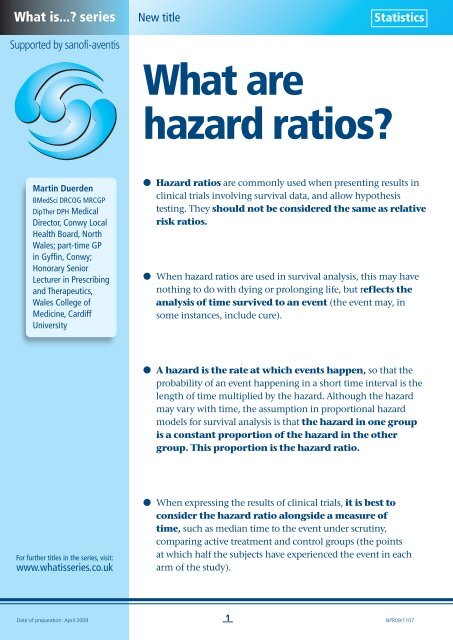



What Are Hazard Ratios Medical Sciences Division
An odds ratio of 112 means the odds of having eaten lettuce were 11 times higher among casepatients than controls Because the odds ratio is greater than 10, lettuce might be a risk factor for illness after the luncheon The magnitude of the odds ratioHR < 1 reduction in the hazard Moving again on the R code, we can see (by means of the summary function) the hazard ratios for the covariates included in the model On Biostatistics and Clinical Trials For time to event variable, the most commonly used statistics is hazard ratio Hazard ratio is the ratio of hazards and equals to the hazard rate in the treatment group ÷ the hazard rate in the control group Hazard rate represents the instantaneous event rate, which means the probability that an individual would experience an
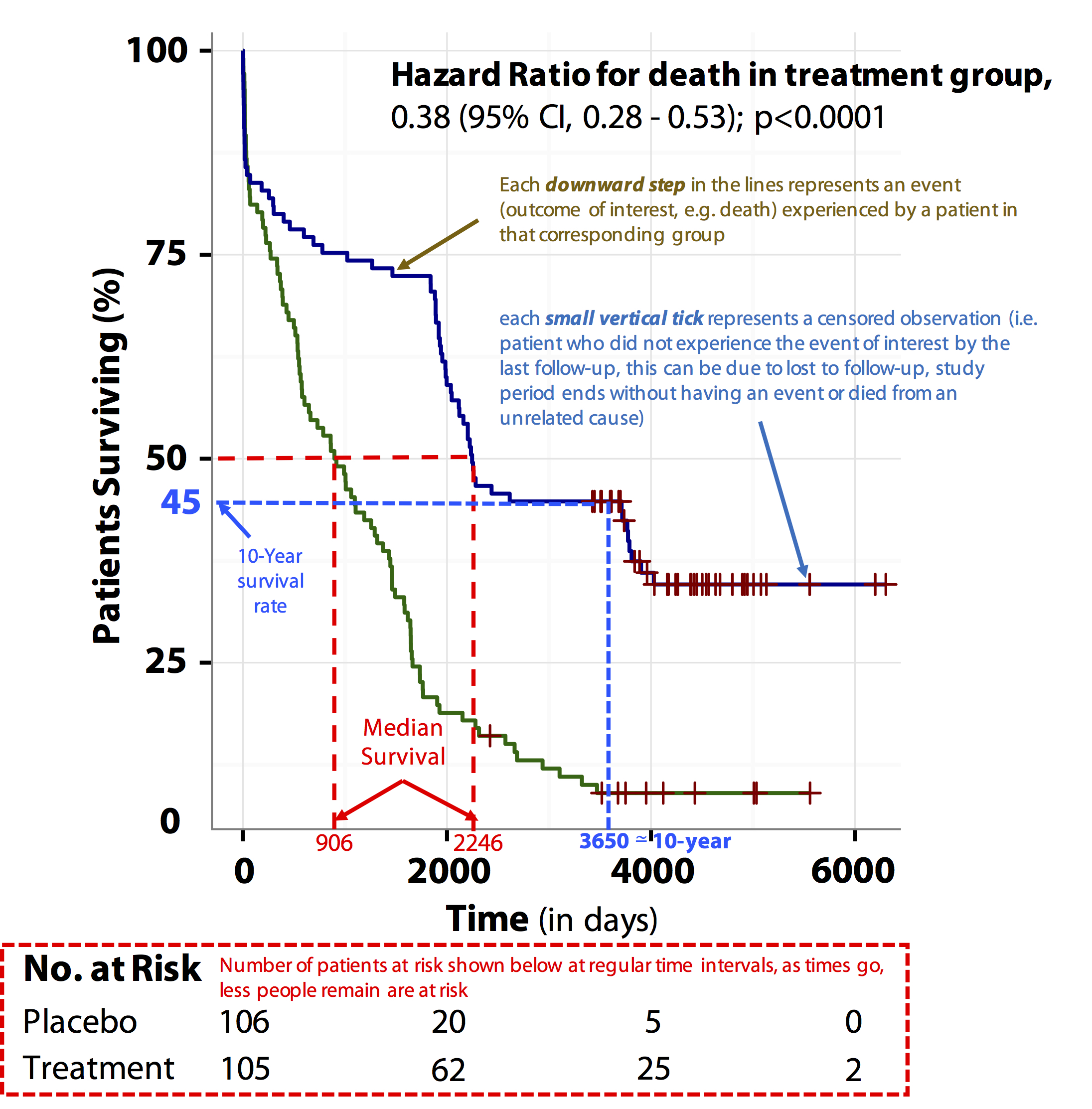



Tutorial About Hazard Ratios Students 4 Best Evidence




Odds Ratio Hazard Ratio And Relative Risk Janez Stare Semantic Scholar
The ratio of the odds for female to the odds for male is (32/77)/(17/74) = (32*74)/(77*17) = 1809 So the odds for males are 17 to 74, the odds for females are 32 to 77, and the odds for female are about 81% higher than the odds for males Now we can relate the odds for males and females and the output from the logistic regression8 e b = e log(odds male /odds female) = odds male /odds female = OR which means the the exponentiated value of the coefficient b results in the odds ratio for gender In our particular example, e = 544 which implies that the odds of being admitted for males isHazard and Hazard Ratio in Statistics Hazard ratios are a specific type of relative risk that are calculated using a statistical technique known as survival analysis Survival analysis keeps track of how many subjects do not experience a particular event during a specific time period When the data is plotted over the entire time of the study




Forest Plot Wikipedia
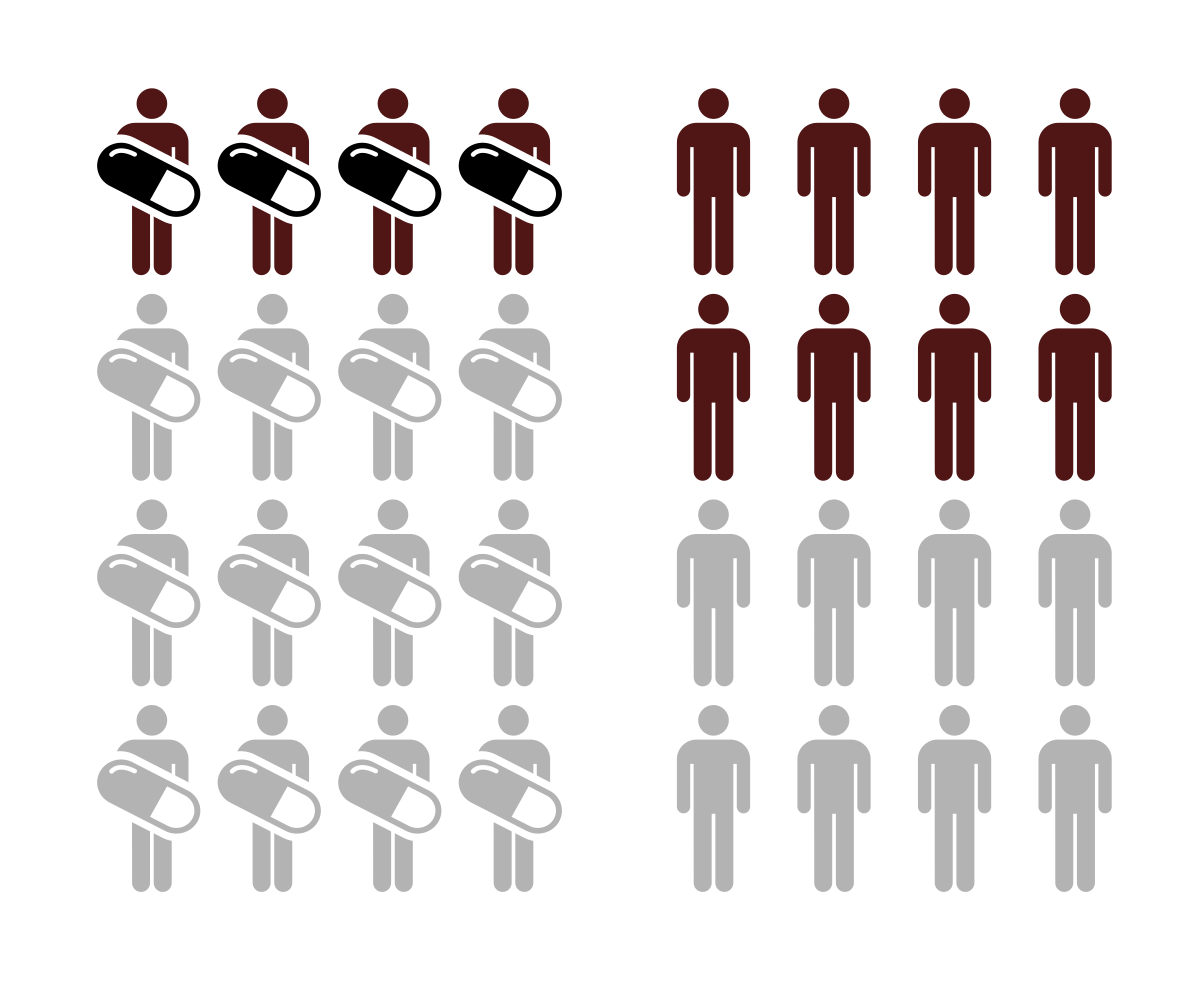



Relative Risk Wikipedia
Le Hazard Ratio (HR) est proche du RR avec une dimension temporelle supplémentaire En effet, dès lors que l'on est en présence de données censurées, c'estàdire des temps d'événement inconnus à causes de durées de suivi différentes selon les patients, le tableau de contingence précédent n'est plus valable




Odds Ratio Hazard Ratio And Relative Risk Janez Stare Semantic Scholar




Hazard Ratio Calculator Calculate Hazard Ratio Hr Confidence Intervals P Value
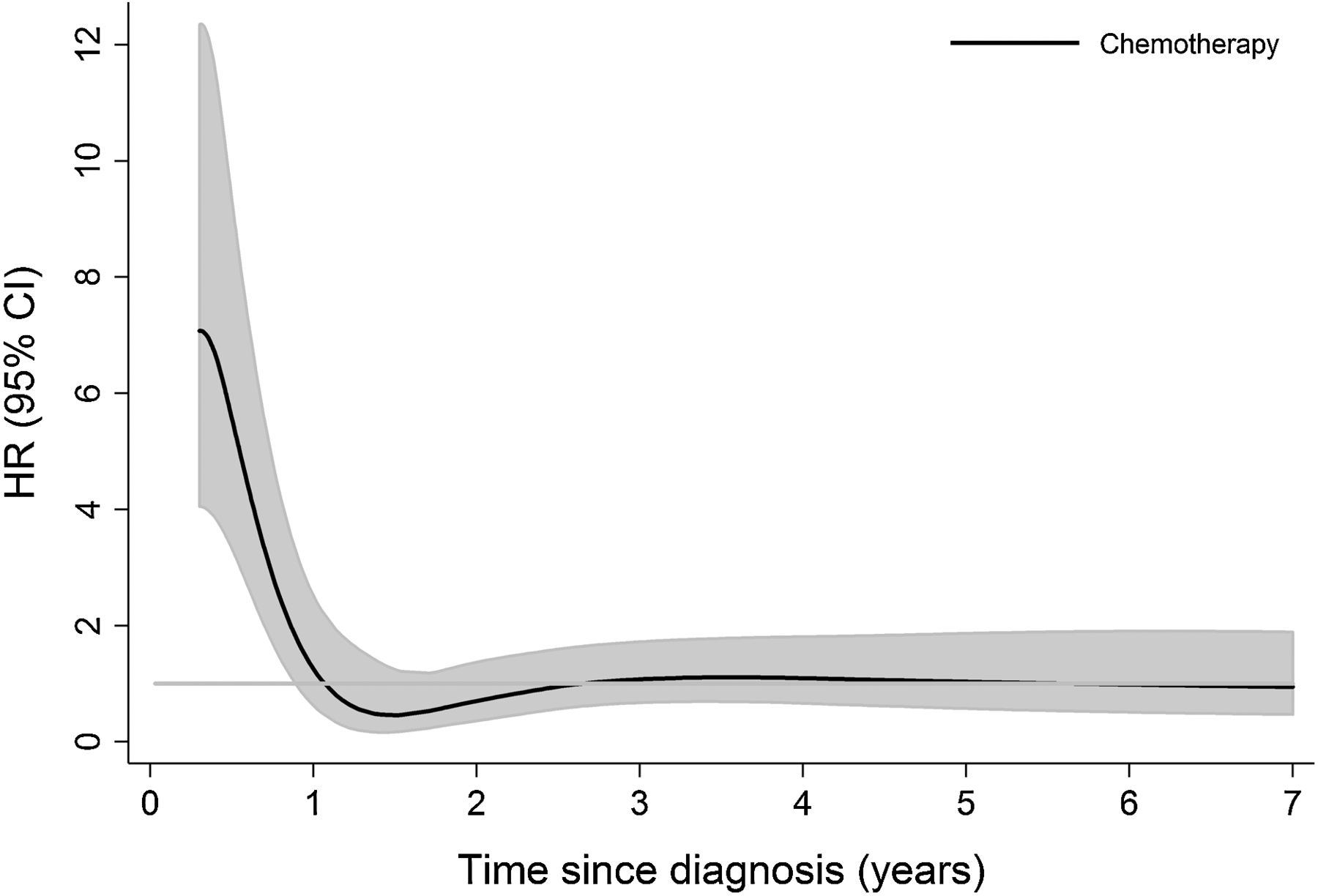



Hazard Ratio Plots With Non Linear Time Varying Effects In R Survival Analysis Datamethods Discussion Forum



Studying Studies Part I Relative Risk Vs Absolute Risk Peter Attia
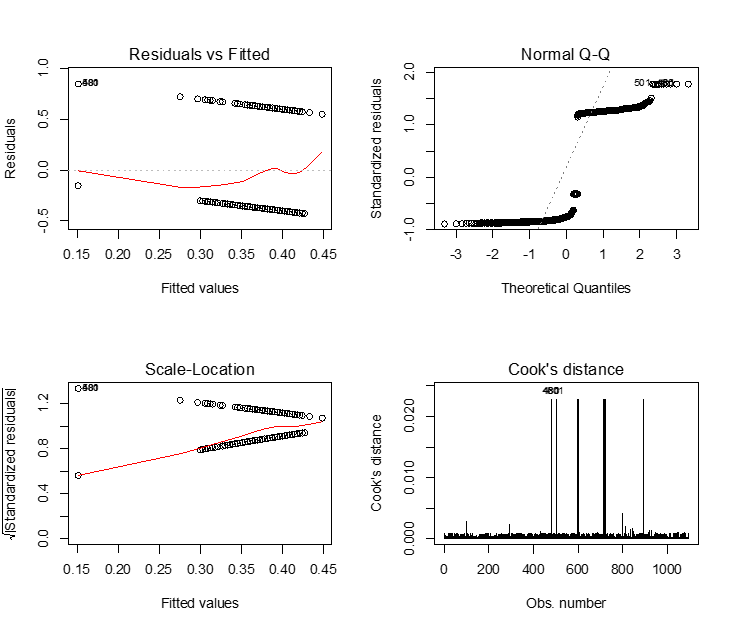



Logistic Regression And Survival Analysis
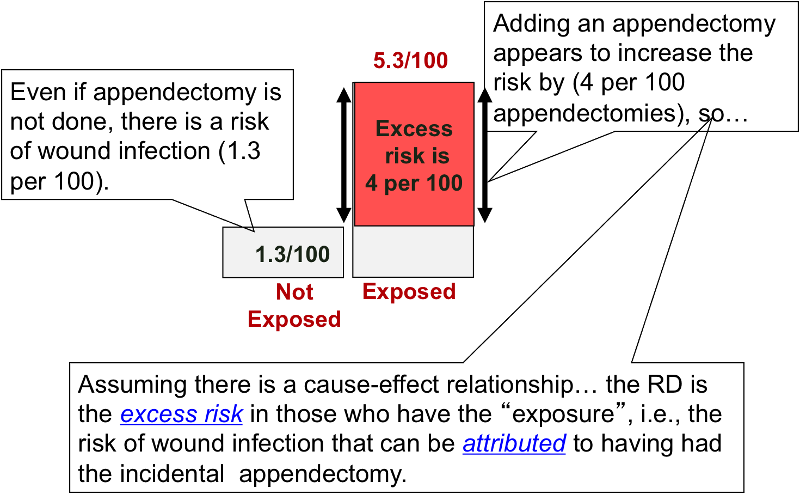



Risk Differences And Rate Differences



Definition And Calculation Of Odds Ratio Relative Risk Stomp On Step1




Odds Ratio Hazard Ratio And Relative Risk Janez Stare Semantic Scholar
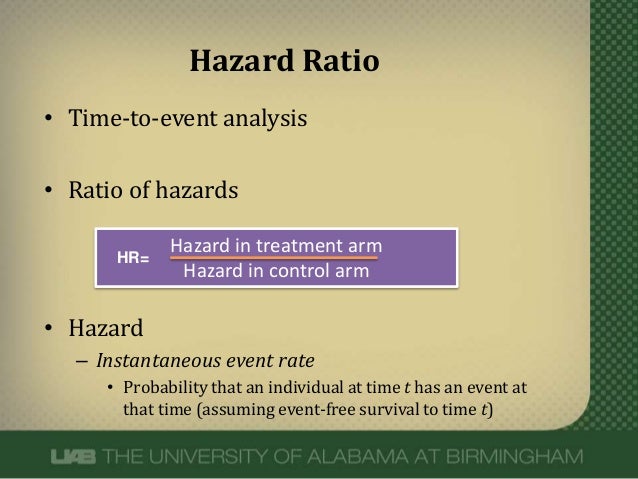



Hazard Ratios
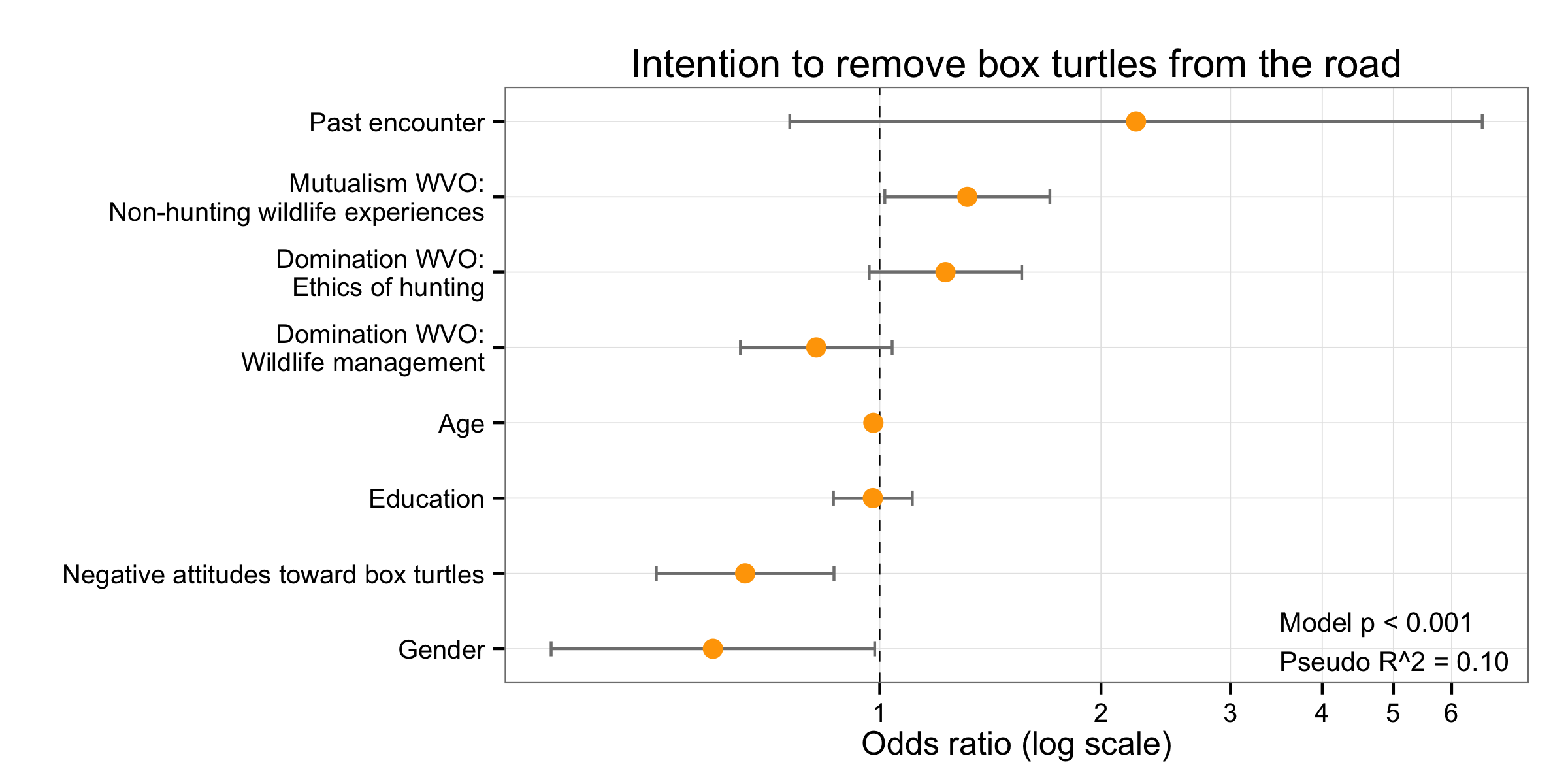



Visualizing Odds Ratios J Stuart Carlton
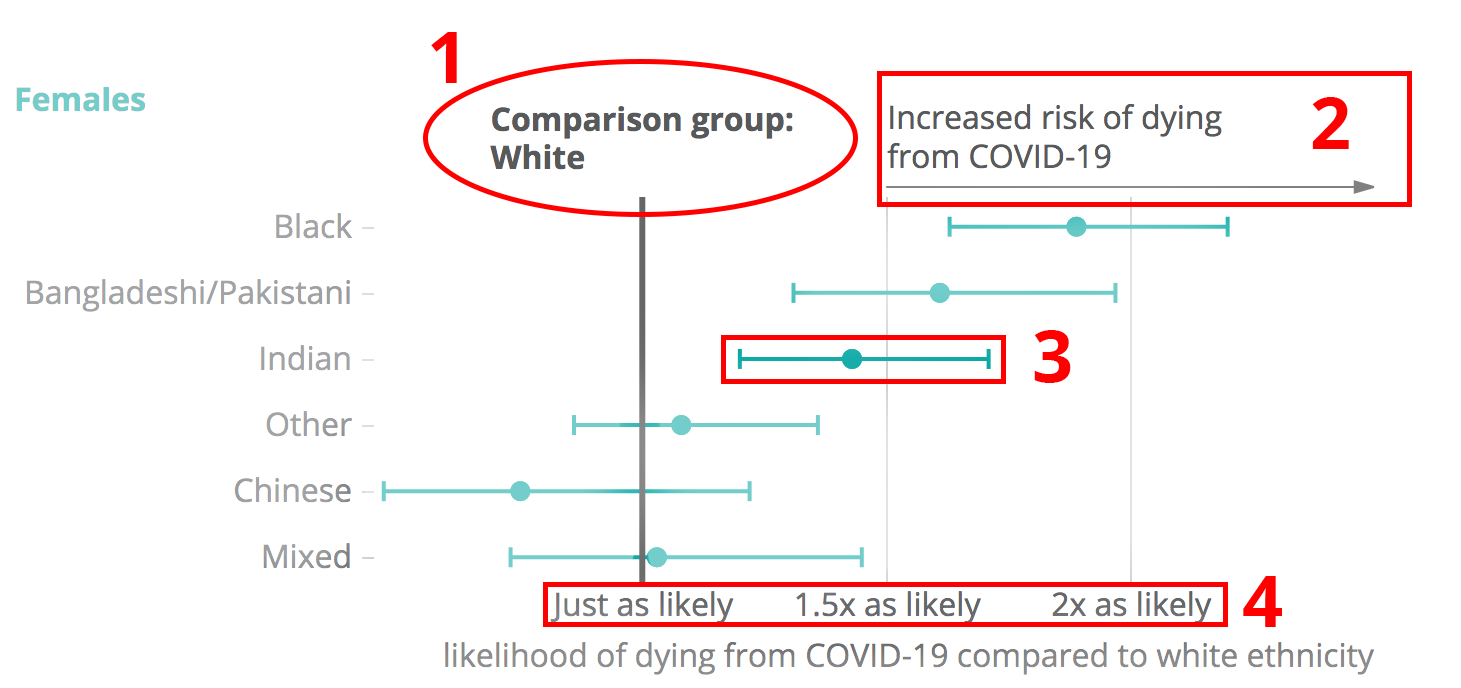



Against All Odds How To Visualise Odds Ratios To Non Expert Audiences Henry Lau



1
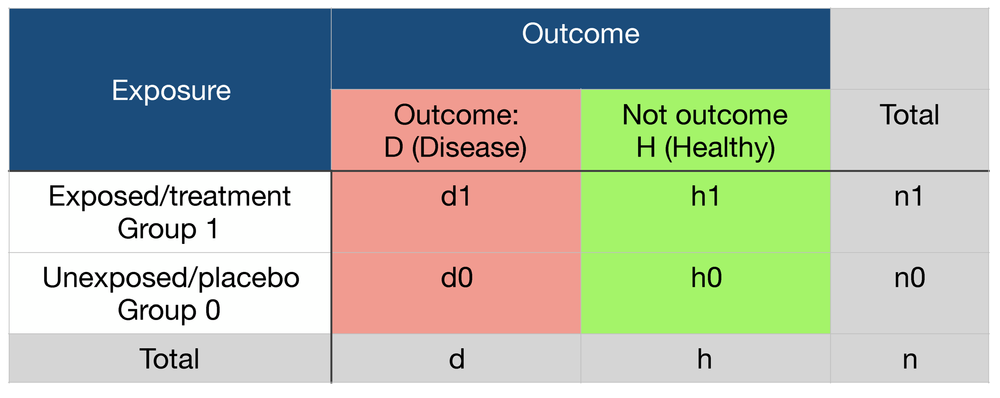



Probability Odds Ratio And Relative Risk Gp Raj




Hazard Ratio Calculator Calculate Hazard Ratio Hr Confidence Intervals P Value



How To Read A Forest Plot Cochrane Uk
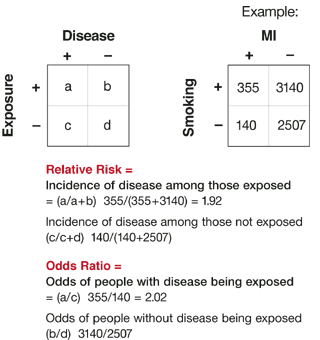



Relative Risks And Odds Ratios What S The Difference Mdedge Family Medicine




Forestplots Of Measures Of Effects And Their Confidence Intervals Ggforestplot



Peto Odds Ratio Meta Analysis Statsdirect




Hazard Ratio In Clinical Trials Antimicrobial Agents And Chemotherapy
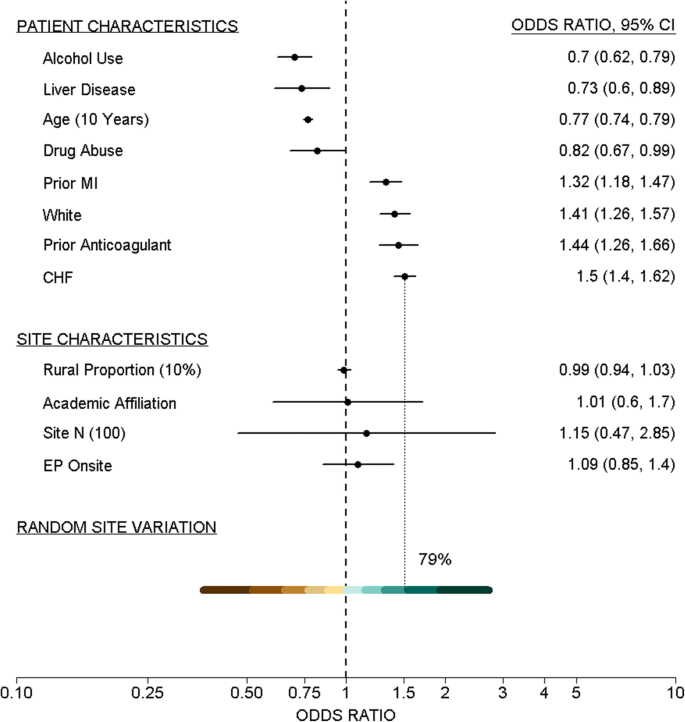



Reference Effect Measures For Quantifying Comparing And Visualizing Variation From Random And Fixed Effects In Non Normal Multilevel Models With Applications To Site Variation In Medical Procedure Use And Outcomes Bmc Medical



Q Tbn And9gcqsrft9mxr7dpz7nmjrd2rigdx Ivp6aahq2v9iti13quuix7yw Usqp Cau




Research Techniques Made Simple Interpreting Measures Of Association In Clinical Research Sciencedirect



1
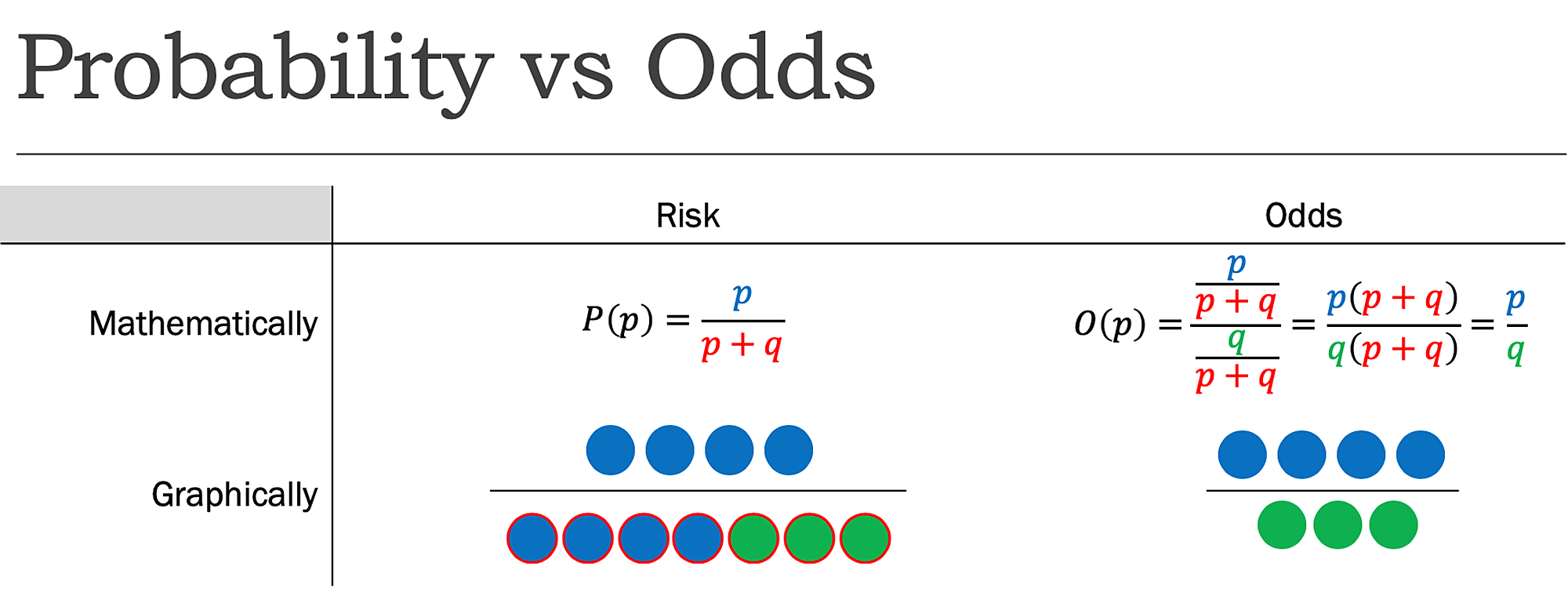



Cureus What S The Risk Differentiating Risk Ratios Odds Ratios And Hazard Ratios



Www Lexjansen Com Phuse 18 Dv Dv04 Pdf




Interpreting Hazard Ratios Youtube




Odds Ratio Litfl Ccc Research




The Utility Of Mortality Hazard Rates In Population Analyses Biorxiv
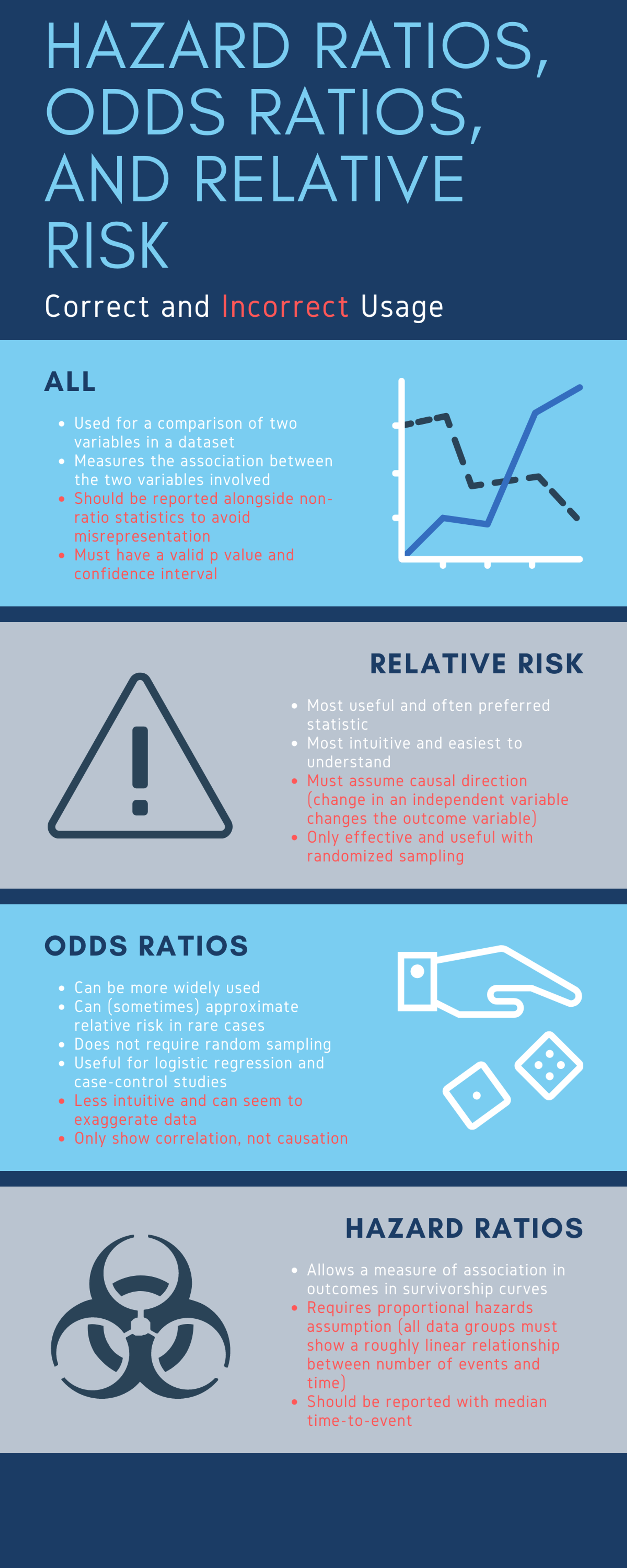



Cureus What S The Risk Differentiating Risk Ratios Odds Ratios And Hazard Ratios



Odds Ratios Need To Be Graphed On Log Scales Andrew Wheeler




9 2 Binary Logistic Regression R For Health Data Science
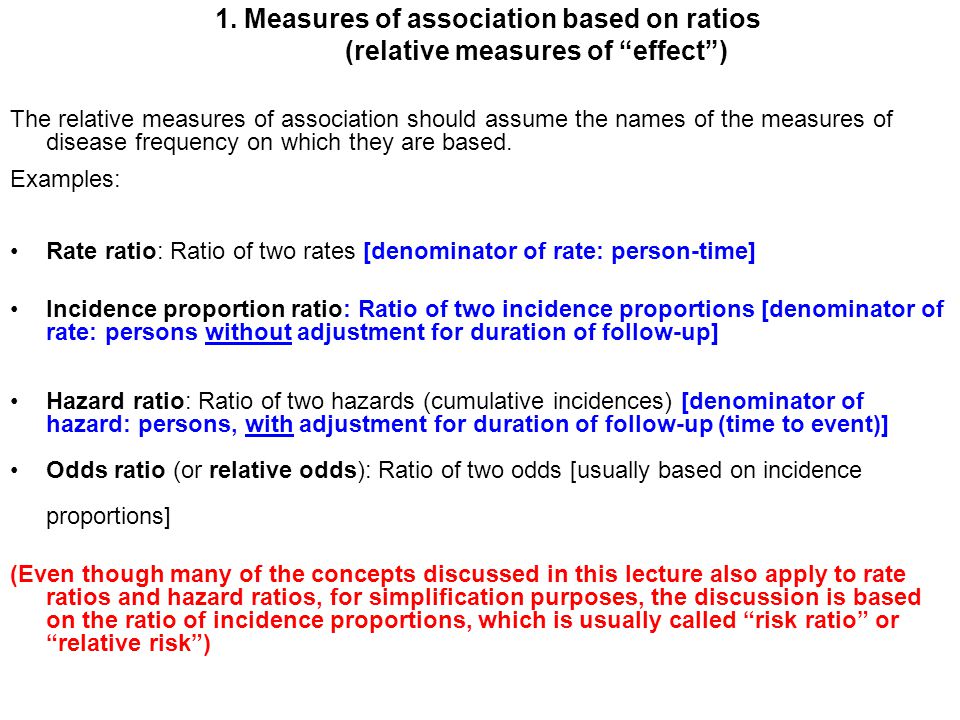



Measures Of Association Ppt Download




A Meta Analysis Of Adjusted Hazard Ratios From Observational Studies Of Bilateral Versus Single Internal Thoracic Artery Coronary Artery Bypass Grafting Sciencedirect




Hazard Ratio Wikipedia




Odds Ratio Wikipedia




How To Interpret And Use A Relative Risk And An Odds Ratio Youtube




Challenges In The Design And Interpretation Of Noninferiority Trials Insights From Recent Stent Trials Sciencedirect




Forest Plot An Overview Sciencedirect Topics




Understanding Systematic Reviews And Meta Analysis Archives Of Disease In Childhood



Interpretation Of Odds Ratio And Fisher S Exact Test By Sergen Cansiz Towards Data Science




How To Calculate Odds Ratio And Relative Risk In Excel Statology




Graph Tip How Can I Plot An Odds Ratio Plot Also Known As A Forest Plot Or A Meta Analysis Plot Faq 809 Graphpad




Forestplots Of Measures Of Effects And Their Confidence Intervals Ggforestplot




Chapter 6 Choosing Effect Measures And Computing Estimates Of Effect Cochrane Training




When Can Odds Ratios Mislead The Bmj
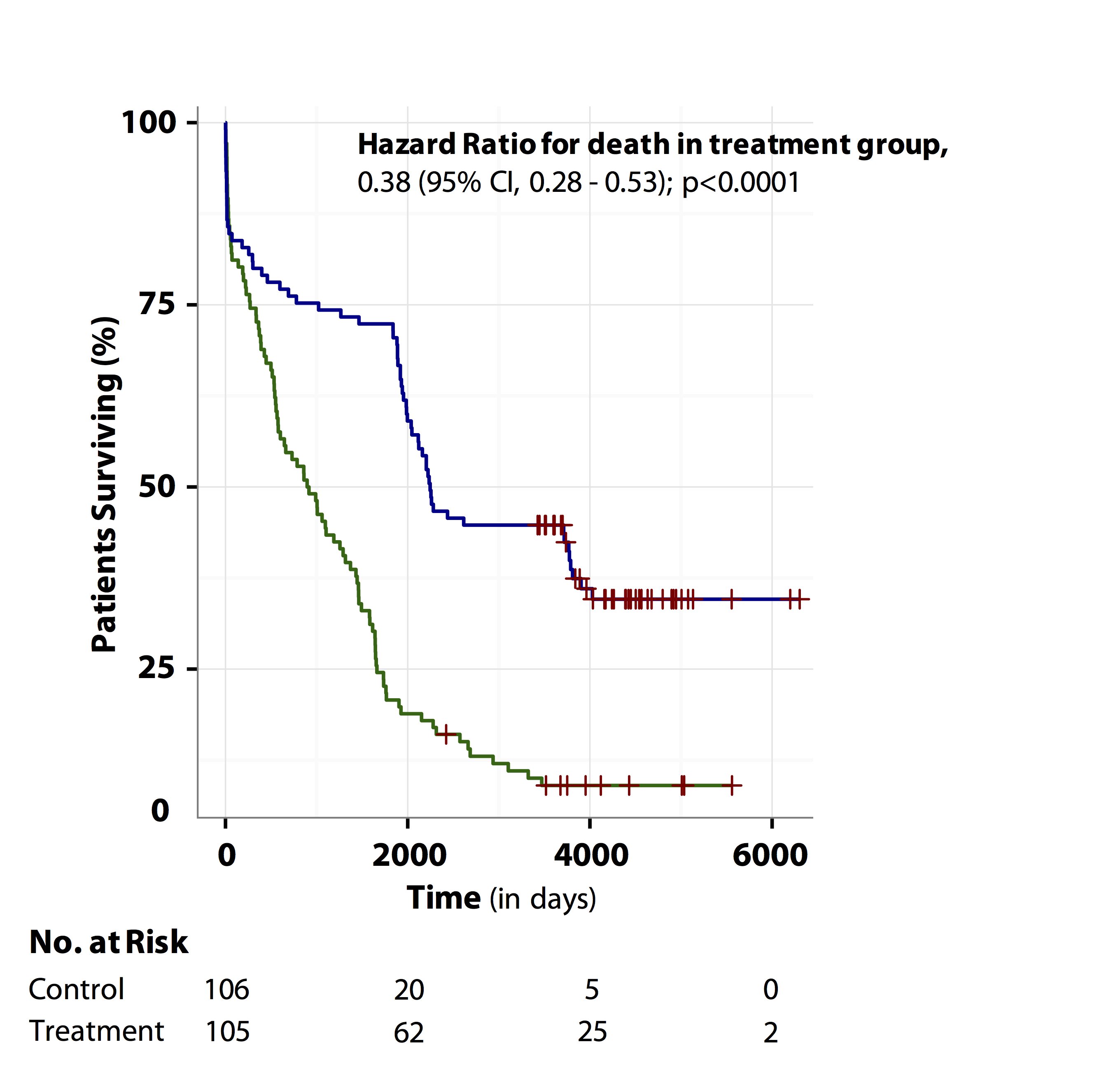



Tutorial About Hazard Ratios Students 4 Best Evidence




A Forest Plot Showing The Hazard Ratio And 95 Confidence Intervals Download Scientific Diagram



Hazard And Hazard Ratio In Statistics




Pdf Odds Ratio Hazard Ratio And Relative Risk



Icare An R Package To Build Validate And Apply Absolute Risk Models
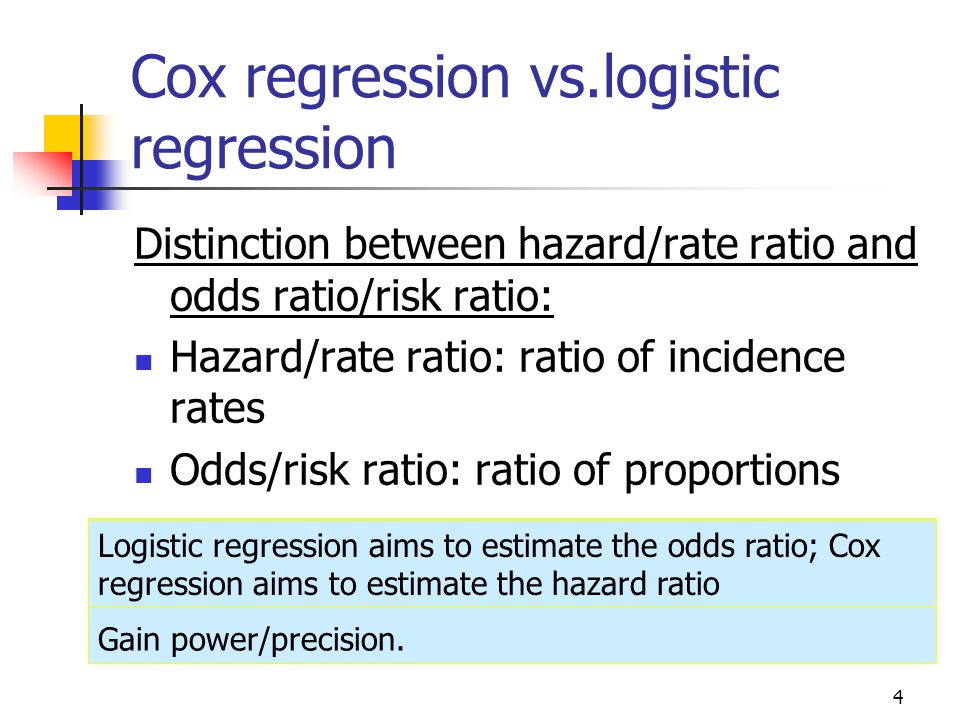



Statistics 262 Intermediate Biostatistics Ppt Video Online Download




How To Calculate Odds Ratio And Relative Risk In Excel Statology




Graph Tip How Can I Plot An Odds Ratio Plot Also Known As A Forest Plot Or A Meta Analysis Plot Faq 809 Graphpad




Pdf Odds Ratio Hazard Ratio And Relative Risk




Odds Ratio And Hazard Ratio For Complications Download Table




Odds Ratios Need To Be Graphed On Log Scales Andrew Wheeler




Ppt Point Estimation Odds Ratios Hazard Ratios Risk Differences Precision Powerpoint Presentation Id




Hazard Ratios




Interpreting Hazard Ratios Youtube



How To Remember The Differences Between Odds Ratio Hazard Ratio And Likelihood Ratio And In What Instances They Should Be Applied Quora




Graph Tip How Can I Plot An Odds Ratio Plot Also Known As A Forest Plot Or A Meta Analysis Plot Faq 809 Graphpad




Against All Odds Improving The Understanding Of Risk Reporting British Journal Of General Practice




Odds Ratios And Risk Ratios Youtube



Www Users York Ac Uk Mb55 Msc Systrev Week6 Meta Compact Pdf
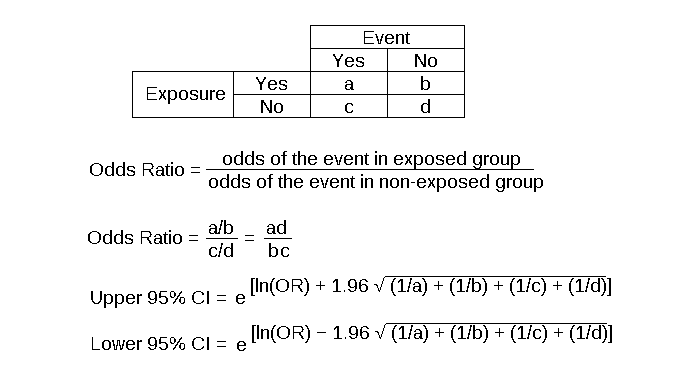



Odds Ratio Article
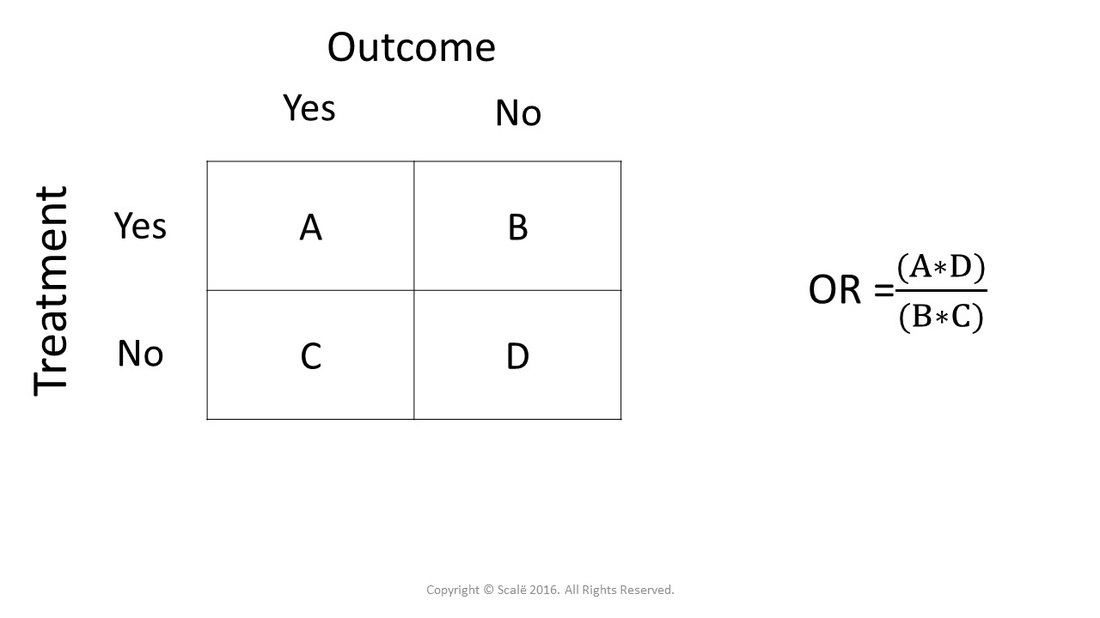



Use And Interpret Chi Square In Spss




Interpreting Odds Ratio Senguptas Research Academy
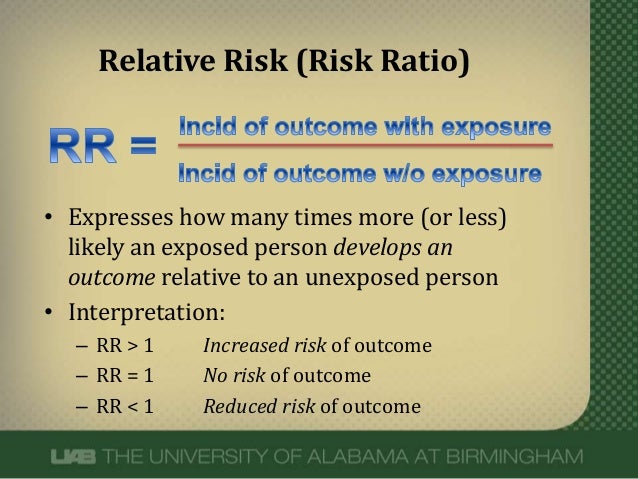



What Does An Odds Ratio Or Relative Risk Mean




A Most Odd Ratio American Journal Of Preventive Medicine
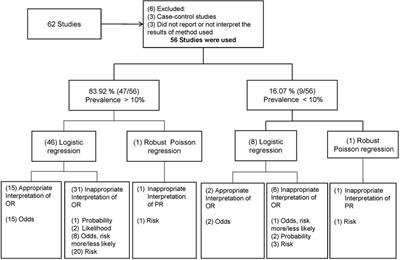



Frontiers Odds Ratio Or Prevalence Ratio An Overview Of Reported Statistical Methods And Appropriateness Of Interpretations In Cross Sectional Studies With Dichotomous Outcomes In Veterinary Medicine Veterinary Science




Definition And Calculation Of Odds Ratio Relative Risk Stomp On Step1




3 5 Bias Confounding And Effect Modification Stat 507



How To Explain The Difference Between Hazard Ratio And Relative Risk To A Layman Quora




Interpretation Of The Hazard Ratio In A Spline Model On Continuous Exposures Cross Validated
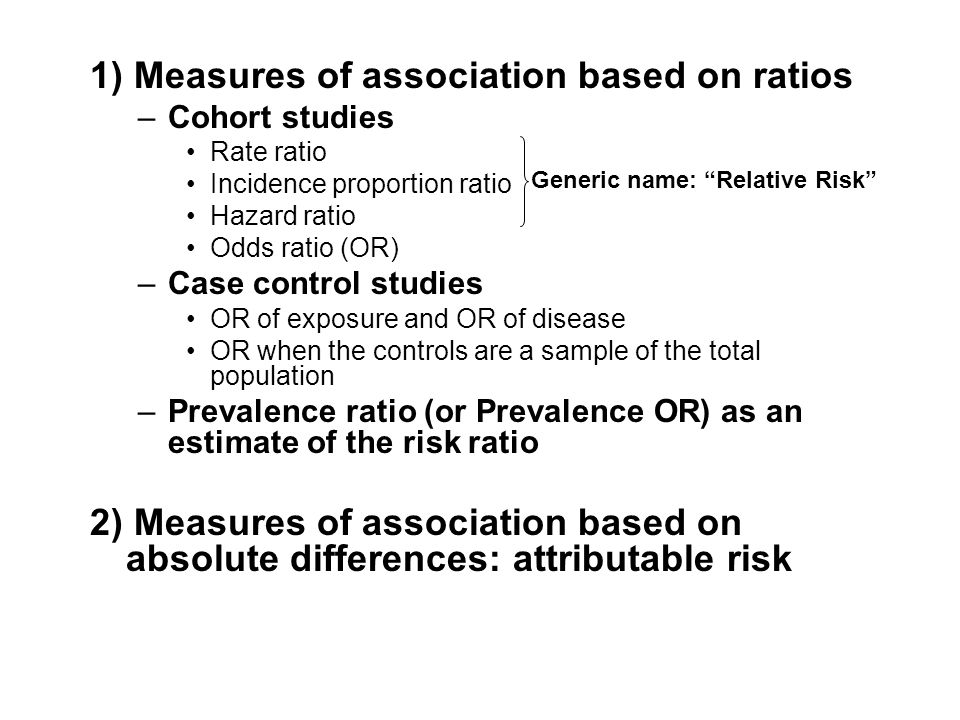



Measures Of Association Ppt Download
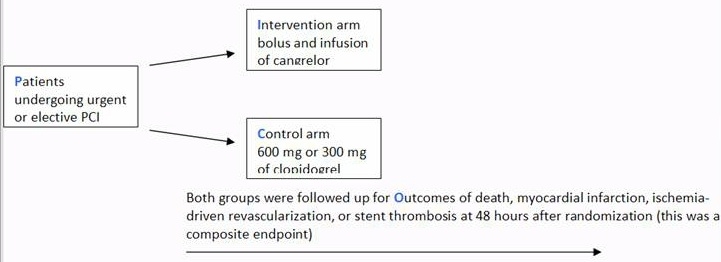



A Beginner S Guide To Interpreting Odds Ratios Confidence Intervals And P Values Students 4 Best Evidence



0 件のコメント:
コメントを投稿